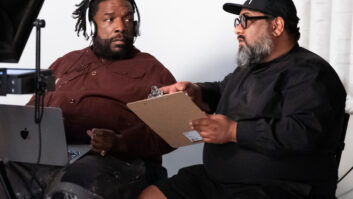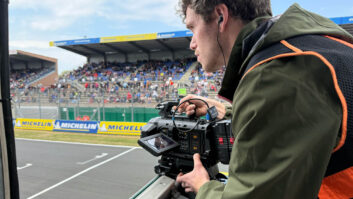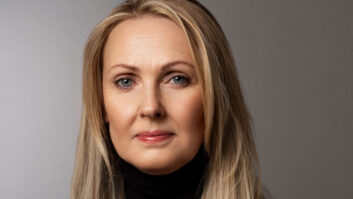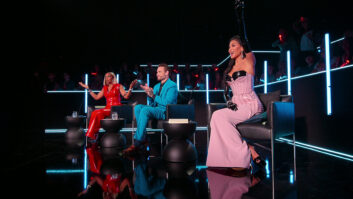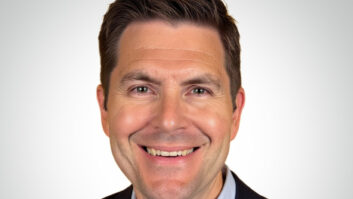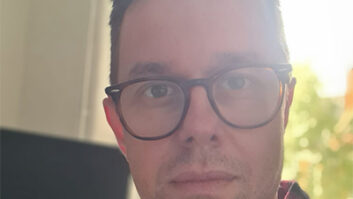The array of 3D acquisition tools available to directors is vividly illustrated by the production of a documentary currently being filmed in the Panama rainforest. Four rig variations and a variety of specialist stereo cameras will provide different perspectives on the wildlife.
Electric Sky Production’s hour long special The Secret life of the Rainforest (picture credit Brian Gratwicke) for Sky 3D and Smithsonian joins scientists from Smithsonian Tropical Research Institute in Panama as they search for rare and endangered species.
“Shooting a film in the rainforest is one of best set-ups for 3D because there is so much variety in the depth of shot from foreground subjects to distance objects, larger creatures like monkeys and macro close-ups,” explains director Julian Thomas. “It is also one of the hardest environments since it’s very easy to get rain splash or humidity on one lens, not another. Lens flare is an issue under the dabbled light of the canopy and there are always insects that might land on one lens. All of these make it harder to do 3D than 2D.”
The production’s kit list includes Element Technica’s small, lightweight Dark Country beam-splitter rig taking two SI2Ks recording in to Cinedeck, plus an Ultra Cine Steadicam onto which the Dark Country can be mounted.
“The SIs have large format chips so we have more scope to adjust and fix any issues in post, without loss of resolution for cinema release,” says Thomas.
Element Technica’s T-bar handheld unit Mantis is also being taken, onto which the Dark Country can also be mounted and used to follow scientists around “almost in the manner of a 2D shoulder mounted camera,” says Thomas.
A Kernercam KC7000 with Sony P1 cameras bolted on will also be deployed. “In theory the cameras will be fixed solidly enough that we shouldn’t have to change the alignment and we can just put it down and shoot,” he says.
These rigs will be supplemented by 3D Go Pros fixed to helmets when climbing trees; a Skybot remote-controlled helicopter also mounted with a GoPro 3D for fly throughs up to 200m above the canopy; and stills cameras for time-lapse, and a Polecam 3D with two Toshiba cameras.
A Panasonic AG 3D A1 will be taken as a safety net. “If all the rigs or recording equipment goes does go down it means we don’t have to drop all the shooting,” says Thomas. “It’s user friendly and useful for certain things because you can just start shooting with it provided you record onto external NanoFlash to obtain the higher bit rate necessary to offset its smaller chip size.”
Thomas is concurrently working on The Wildebeest Migration, an Electric Sky documentary for 3net shooting in Kenya and Tanzania which is primarily using Sony P1s side by side on a Quasar rig fixed to the top of a Land Rover.Since Animal Planet is taking a 2D version, close-ups from additional 2D camera-op will be added to a separate cut of the 3D edit.
Also for Electric Sky, Thomas completed 10x60min 3net series Ultimate Factories, Making the Brand largely using the Panasonic 3D A1, and a 4×12 minute series of films called Wonders also for 3net.
These shorts took in the Carlsbad Caverns in Mexico, the Hoover Dam and Las Vegas, a Venice carnival and the City of London, and required high production values. They were completed on Quasers and Pulsars with twin P1s recording to dual stream SR tape.
“Make sure you work closely with the stereographer to ensure you have the right cameras and rigs for what you are trying to achieve,” advises Thomas. “There are dozens of kit options depending on your subject matter, budget and timeframe. It also means making sure that it’s logistically possible to get into locations. On natural history docs, a director will be part of a small team having to carry the kit themselves; and believe me, the lighter the better.” www.electricsky.com
